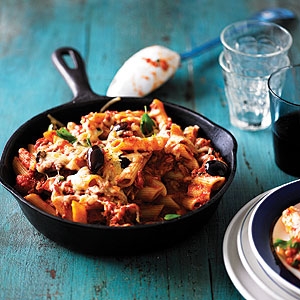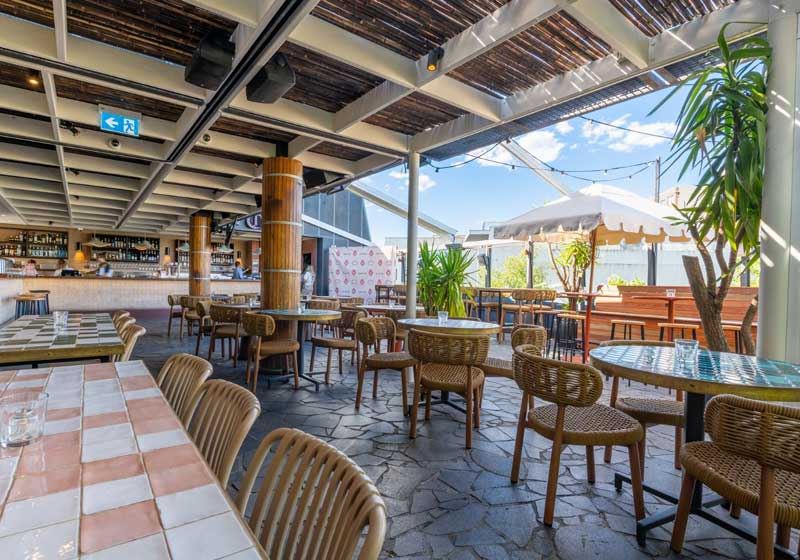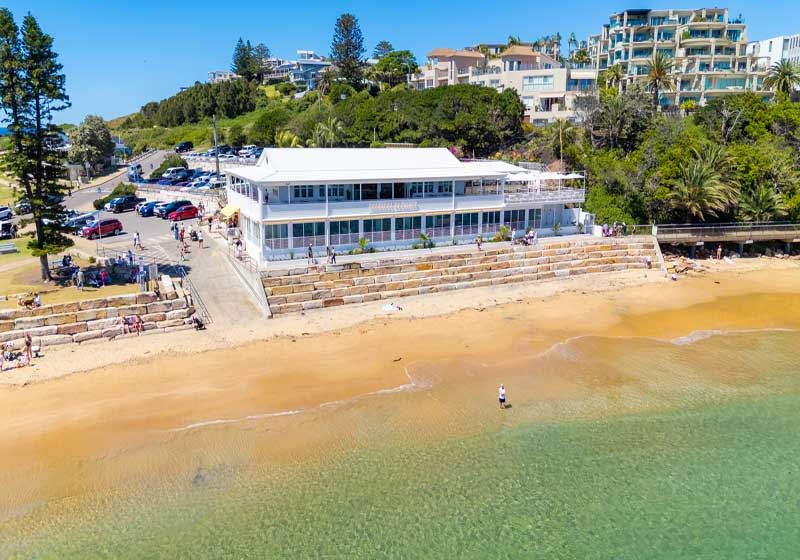Pappardelle with Broad Beans and Pork Ragu - Chef Recipe by Matthew Evans
6
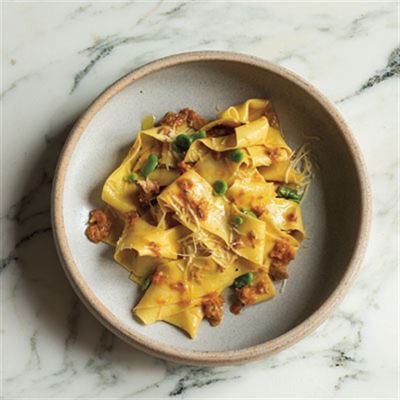
Ingredients
"You could use any well-braised meat for this: lamb shoulder, osso buco, even a lightened version of Bolognese ragu, but I've used good, free-range pork in a buttery sauce for contrast with Spring's gorgeous fresh broad beans.
The Ragu makes more than you need for the pasta, but chunks can be served with baked spuds, over polenta, or shredded and frozen for future pappardelle dinners." ~ Matthew Evans.
600g pasta, either homemade (see below) or store-bought
Plain flour for dusting.
Homemade Pasta (you'll need 2 batches of this, which will make 600g of pasta):
200g plain flour, the finer ground the better, plus extra for dusting
2 x 60g free-range eggs
Pork Ragu:
2–3 rosemary sprigs, roughly chopped handful of fresh fennel tops, chopped
3 bay leaves
4 garlic cloves, peeled and chopped
500g pork shoulder meat, ideally with the skin on
Olive oil, for rubbing
1 tsp salt
500g tomato passata (puréed tomatoes)
Method
Pork Ragu:
Pre-heat the oven to 160 C.
Scatter the herbs and garlic in a roasting dish. Lay the pork on top, skin side up, rub all over with a little olive oil and season with the salt and some freshly ground black pepper. Pour the passata around the pork. Cover the dish first with baking paper, then with aluminium foil and place in the oven. Cook for at least 4 hours, or until very tender. The meat should simply fall apart.
Shred the meat with your fingers or two forks, discarding the skin, then stir through the juices from the roasting dish.
Homemade Pasta:
Place the flour in a food processor and pulse to mix. Add the eggs and pulse to combine well. Remove from the food processor and knead to a firm, smooth dough by hand, adding a little more flour or a few drops of water if necessary to balance the mixture.
Roll out the pasta dough, preferably using a pasta machine, starting with two batches, to make very thin sheets. As the sheets get thinner, you will have to cut them in half, so they remain at a manageable length.
Once rolled, flour the sheets well, then cut into 20cm or so lengths, then fold lengthways and cut into strips about 2cm wide. Gently unroll the sheets and toss very lightly in flour to avoid the pasta clumping or sticking.
Heat the ragu in a large frying pan or saucepan (big enough to toss the pasta in when cooked) with the butter. Add the broad beans, turn off the heat and leave to one side.
Cook the pasta in plenty of boiling, well-salted water until al dente. I find that with fresh egg pasta, by the time the water comes to the boil again, the pasta is cooked. Drain, but don’t rinse, and leave a little water on the pasta – just a touch to help it stay moist.
Add the pasta to the pork ragu and toss well to combine and evenly coat the pappardelle. Divide between six bowls, being sure that everybody gets an equal amount of sauce and broad beans. Serve with grated Parmesan on the table.
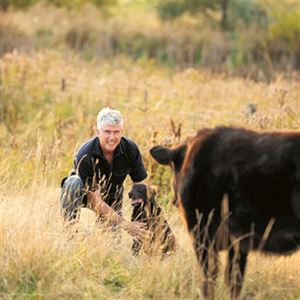

Credits: The Commons by Matthew Evans published by Hardie Grant Books. RRP $60.
Photo Credits: Alan Benson.


